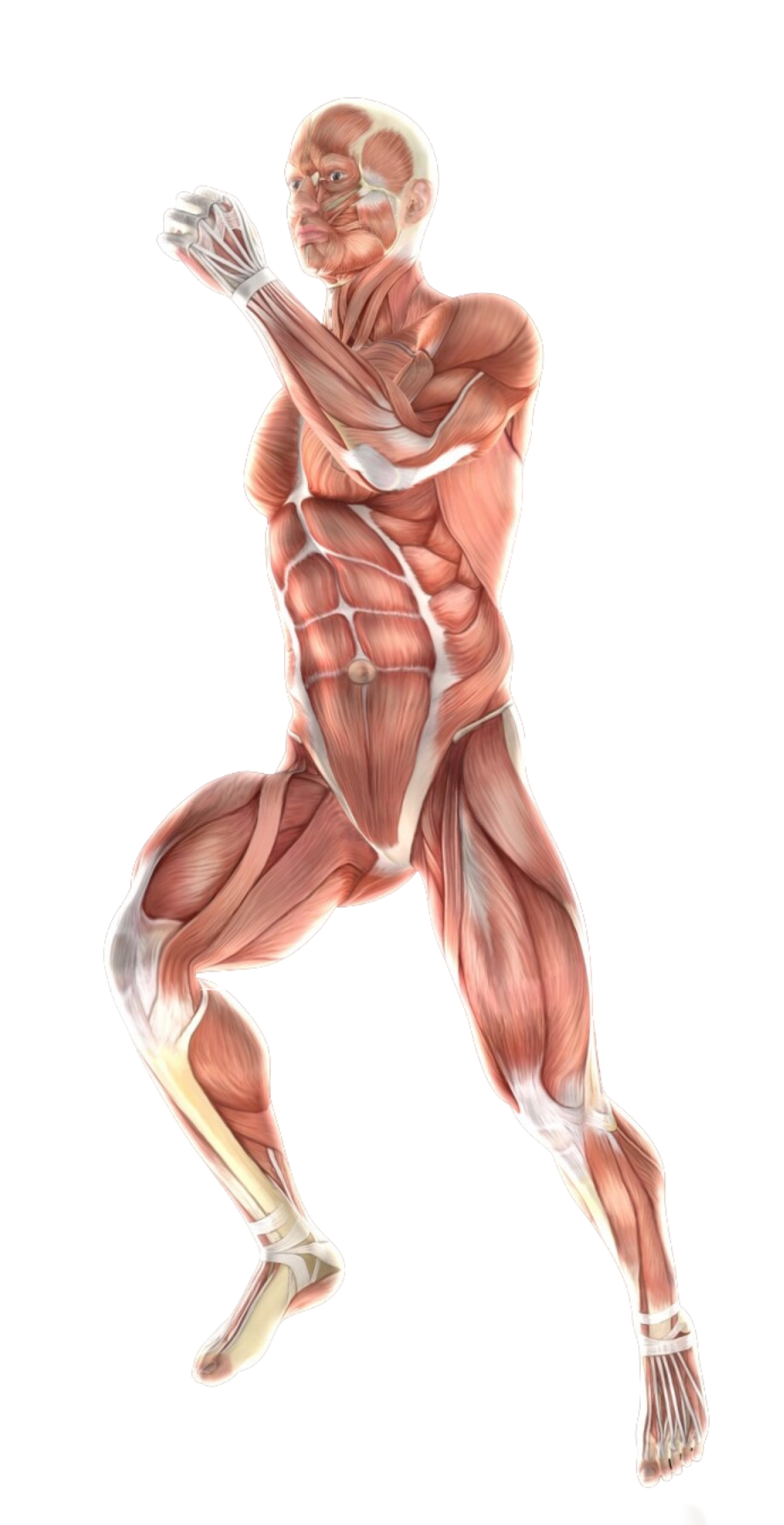- #11-13 Mount Elizabeth Medical Centre (Orchard)
- Mon Fri 9am — 6pm | Sat 9am — 12.30 pm
Frozen shoulder, also known as adhesive capsulitis, is a condition that limits movement in the shoulder joint. It usually goes through stages, increasing in pain and stiffness over time. Although the exact cause is unknown, it is characterized by inflammation and thickening of the capsule around the shoulder joint, limiting its range of motion.
Frozen shoulder typically goes through three stages, each with distinct symptoms:
Freezing phase (first few weeks to months):
Frozen phase (4-6 months):
The melting phase (6 months to 2 years or more):
The exact cause of frozen shoulder is not fully understood. However, several factors are believed to contribute to its development:
Certain factors can increase your risk of developing frozen shoulder:
Diagnosis of frozen shoulder usually includes:
A health care professional will examine your shoulder to identify:
Imaging tests are not usually necessary for diagnosis but can sometimes be helpful in ruling out other conditions:
Treatment focuses on managing pain, improving mobility, and preventing further stiffness. Here’s an overview of common
Frozen shoulder surgery is rarely necessary and is usually only considered in rare situations when conservative treatment fails to provide significant improvement after a long period of time (usually more than a year). Surgical procedures may include:

Spine - Neck
Shoulder & Elbow
Spine — Back
Wrist & Hand
Knee Pain
Ankle Pain
Foot Pain
Book a consultation with us for a more comprehensive diagnosis and a personalised treatment plan best suited to your needs.

Spine - Neck
Shoulder & Elbow
Spine — Back
Wrist & Hand
Knee
Ankle
Foot